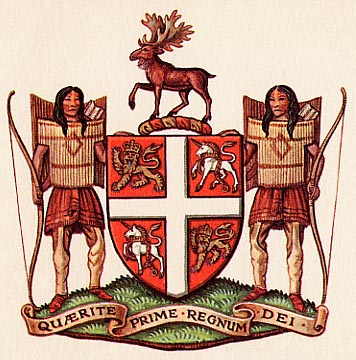
History

 |
Newfoundland History |
 |
Music in Newfoundland
(to 1949)
[This text was published in 1949. For the full citation, see the end of the document.]
The music of Newfoundland consists almost entirely of folk songs descriptive of the daily life and customs of the people: life on the sea, fishing, sealing, whaling, lumbering, and so on. Some of them have sad titles and describe real tragedies, such as "The Wreck of the Florizel", and "The Greenland Disaster", while others are humorous and amusing, for example, "A Great Big Sea Hove in Long Beach", and "Song of the Sealers".
The tunes of some of these folk songs are original, but some are borrowed from the folk music of the British Isles , with the words changed to fit the occasion. At weddings and social functions, songs belonging to the locality are sung by the guests, or by one special guest. Often the words of these songs are extemporary and allude to incidents in the life of that particular outport. An important collection is that made by E. B. Greenleaf, Ballads and sea songs of Newfoundland (Cambridge, 1933), with music recorded by G. Y. Mansfield. A modern song writer who has caught the spirit of the old Newfoundland folk song is A. R. Scammell, with his "Squidjiggin' Ground."
In many outports the old square dances are still much in favour; these are often of a difficult and intricate pattern, and great agility is necessary if one is to dance them well. In the early days, if there were a violinist in the community, he would play the tunes for these dances, or setts, as they were called; but if no fiddler was available the melody was sung by one of the party, who would often improvise words to fit the tune. This was called "chin music", and it still exists in the isolated settlements. Often the tune singer accompanies the song by stamping out the time with his feet. In some settlements, at Christmas, the practice of mumming still exists; young people in masks and costumes go from house to house singing, dancing, and making fun in all kinds of ways, and a tune singer accompanies the mummers in order to supply the dance music.
At one time the concertina and the accordion, and later the guitar, had to some extent taken the place of the fiddle and the "chin music", but at present the fiddle seems to be returning to favour. Radio has played its part in introducing modern dance tunes to the outports. In the larger centres, community concerts are promoting an interest in classical music.
Source: Marguerite JENNINGS , "Music", in W. Stewart WALLACE, The Encyclopedia of Canada. Newfoundland Supplement, Toronto, University Associates of Canada, 1949, 104p., p. 81.
© 2004 Claude Bélanger, Marianopolis College |